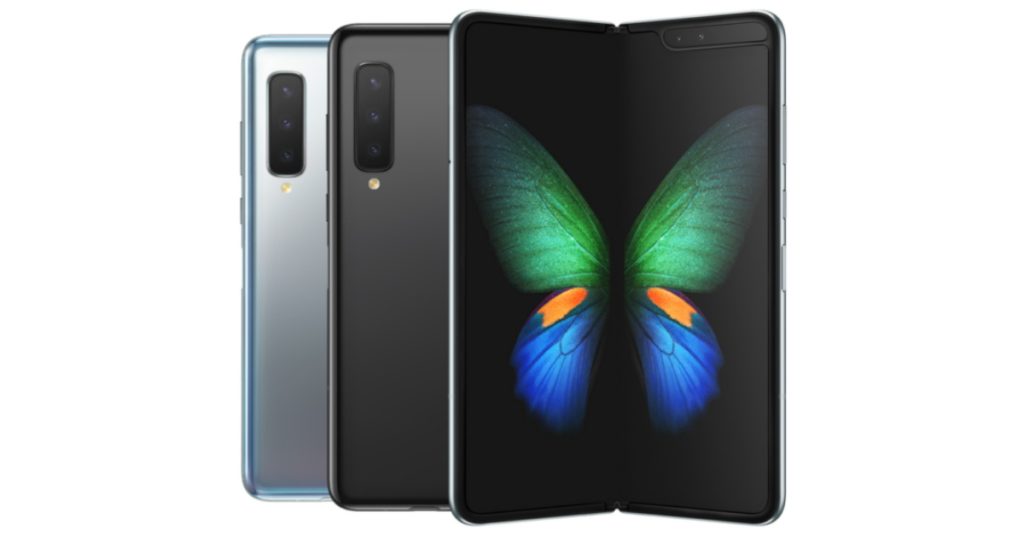Samsung is growing its lineup of foldable devices, featuring popular series like the Galaxy Fold and Flip. Despite their success, these phones, bot the Galaxy Z Flip 5 and Galaxy Z Fold 5, come with a high price tag of $1,000 and more. Yet, Samsung is actively working to make foldable smartphones more budget friendly, exploring cost cutting solutions like inkjet printing for foldable displays. Here are the details…
Samsung Rumored to Cut Foldable Smartphones Costs With Budget Friendly Inkjet Printing
On January 17, Samsung introduced its newest flagship phones, the Galaxy S24 series, at the Unpacked event. Following this, the company plans to release the Flip 6 and Fold 6. Rumors also suggest that Samsung is developing a budget friendly foldable phone with a book style design, expected to be notably cheaper than current foldable models.

Until recently, Samsung used the Micro Dry Process Decoration (MDD) for its foldable phone screens. In this method, frames were made using films cut from a roll, with the necessary ink already in the film. However, this approach sparked debates due to cost implications. Thankfully, after extensive R&D efforts, Samsung is now shifting to Inkjet printing technology.
This change is expected to allow the extraction of more frames from the original film, helping Samsung cut costs and potentially reduce the prices of its foldable smartphones. OLED panel frames serve to hide internal circuits and components, with frame films applied post coating to shield against oxygen and water. Once frames are in place, ultra thin glasses are laminated onto the panels to finish production.
Samsung is currently a top player in the foldable smartphone market, and this sector is expanding daily, making a substantial contribution to the company’s revenue. However, the smartphone market faces growing competition from brands like Xiaomi, Oppo, Honor, and Vivo. It’s essential for Samsung to use its advantageous position and deep knowledge to stay ahead. This strategic move could potentially aid the company in regaining the title of the world’s largest smartphone manufacturer, which it lost to Apple.
RELATED:
- Best smart luggage of 2023: Modobag, Weego, Incase & More
- Alldocube iWork GT 12: AMD 2-in-1 laptop, $100 off and free keyboard
- Aoostar R1 N100: Intel N100 NAS / Mini PC with Windows 11 for $219
- Lenovo Legion Y700 2023: Save $100 on this 8-inch gaming Android tablet
(via)







